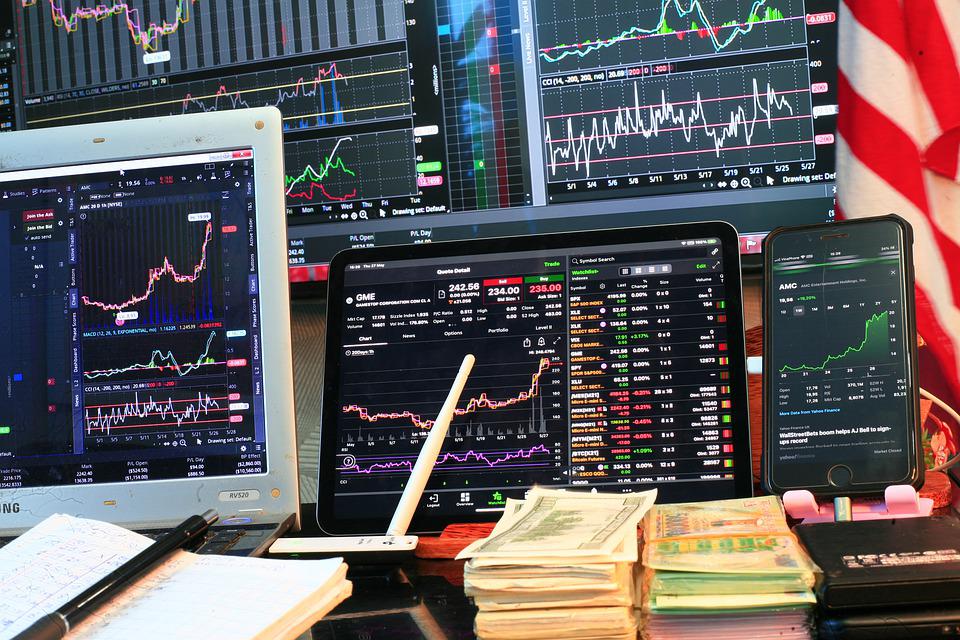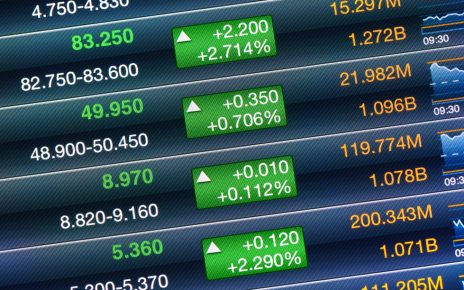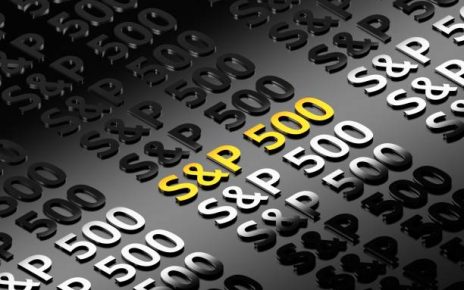- The US manufacturing and services sectors rose to 53.5 in April.
- Higher-than-expected inflation caused a 0.9% drop in British retail sales in March.
- Eurozone business activity rose in April.
Currency futures diverged while the dollar rose on Friday after positive data confirmed rate hike expectations. S&P Global reported that the index of the US manufacturing and services sectors rose to 53.5 in April. It was the highest reading since last May, following a final reading of 52.3 in March. It conflicts with mounting evidence that the economy is at risk of entering a recession as higher interest rates start to take effect.
But the so-called hard numbers are gradually presenting a bleaker outlook. Most experts anticipate a recession starting as early as the year’s second half. This is due to the cooling labor market, declining retail sales, and declining manufacturing output.
Nevertheless, the surveys indicated that inflation pressures were still bubbling.
According to the Bank of Japan‘s semi-annual financial system assessment, Japan’s financial system has maintained its status as “sound and resilient.” This assessment comes amid increased financial sector worries in the West due to US bank collapses in March. The central bank added caution that tail risks were necessary.
Finance Minister Shunichi Suzuki had called for a discussion on financial sector regulations earlier on Friday. According to him, there is a risk of bank runs due to the impact of social media in spreading credit concerns.
The pound fell on Friday after economic statistics showed that British consumers are buckling under the pressure of inflation.
According to data released on Friday, poor weather and higher-than-expected inflation caused a 0.9% drop in British retail sales in March compared to February. British inflation surprisingly remained above 10% in March, coming in at 10.1% y-o-y.
As a result, investors believe that the Bank of England will continue to lift interest rates. Rates are expected to climb from their current level of 4.25% to roughly 4.9% by September.
However, this week’s economic worries and the dollar’s gain have limited the pound’s reaction to rising rate expectations.
The euro rose on Friday after data showed Eurozone business activity rose in April. The bloc’s dominant services industry saw already-buoyant demand rise, offsetting a deepening decline in manufacturing.
HCOB’s flash Composite Purchasing Managers’ Index (PMI) is a good gauge of economic health. It rose to an 11-month high of 54.4 in April from 53.7 in March.





